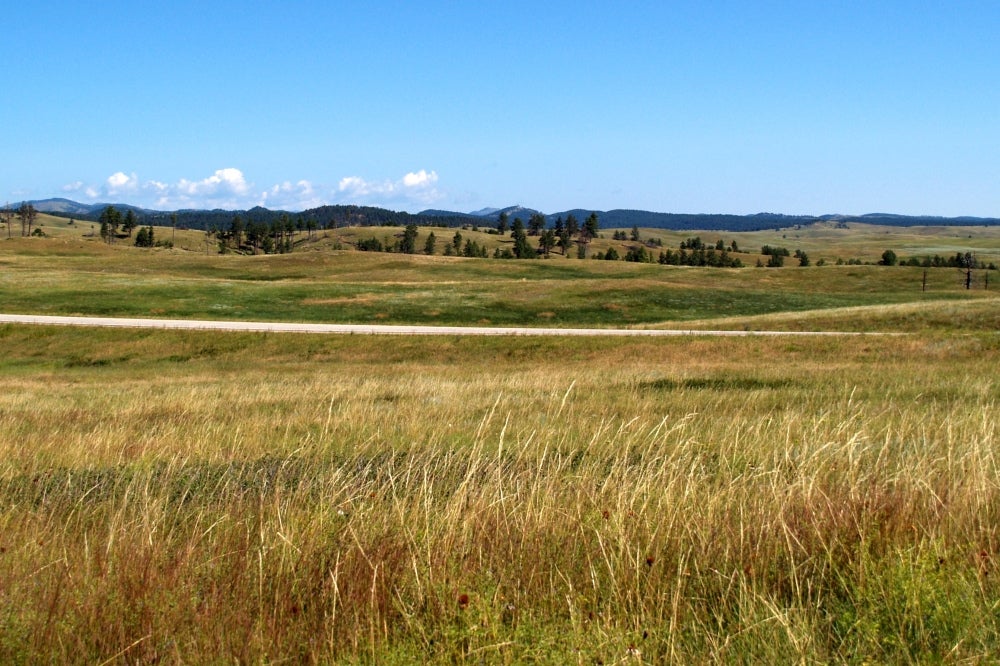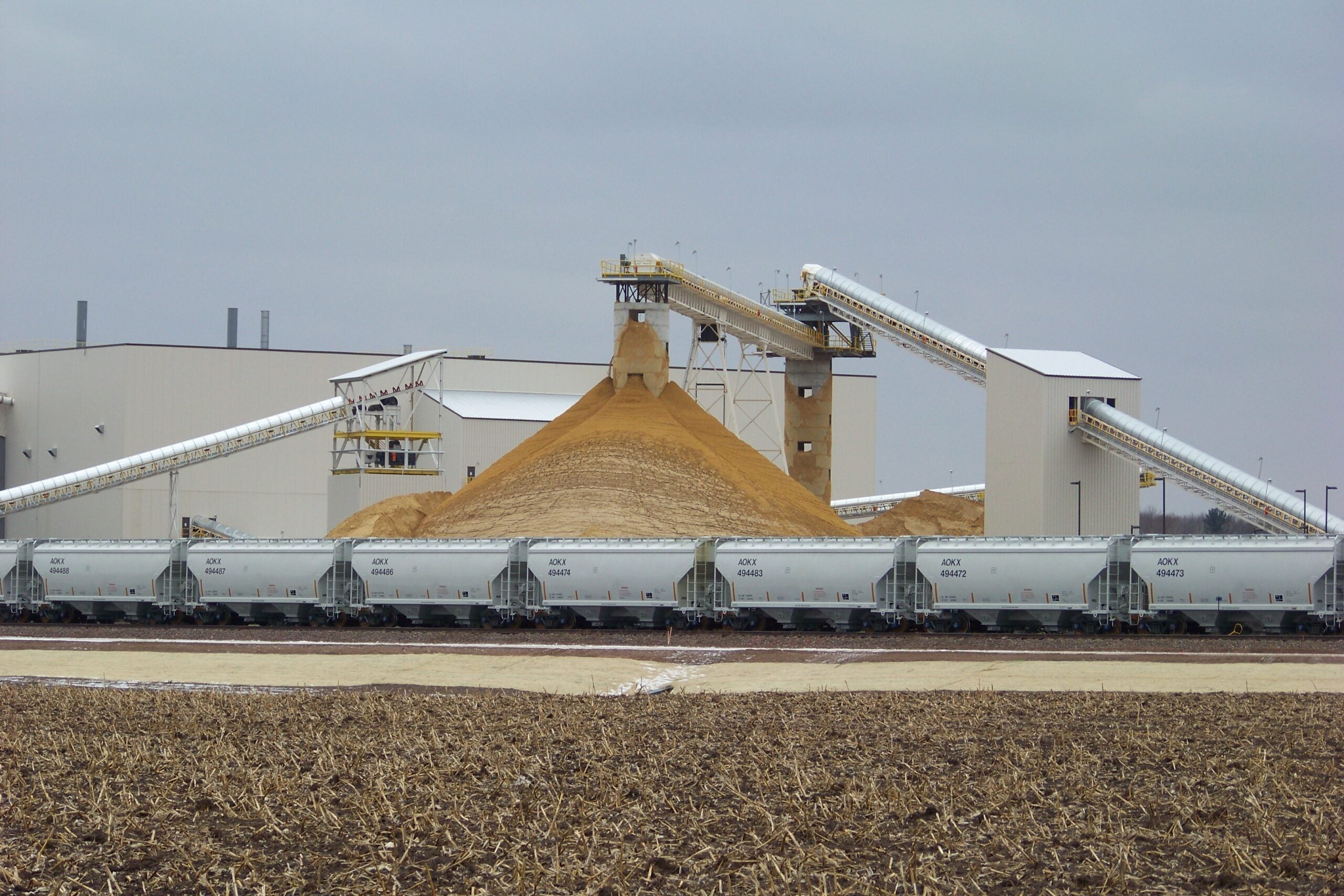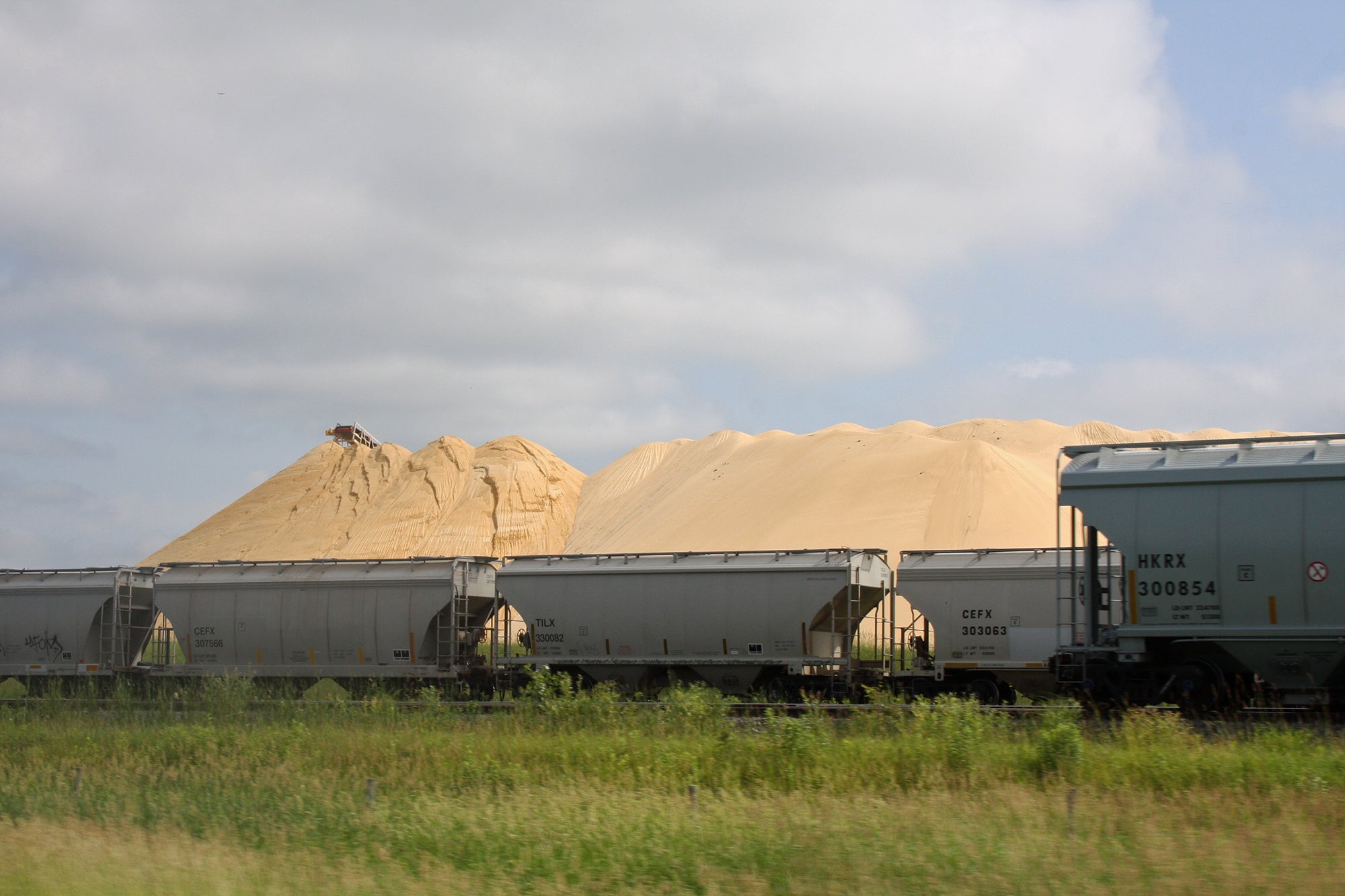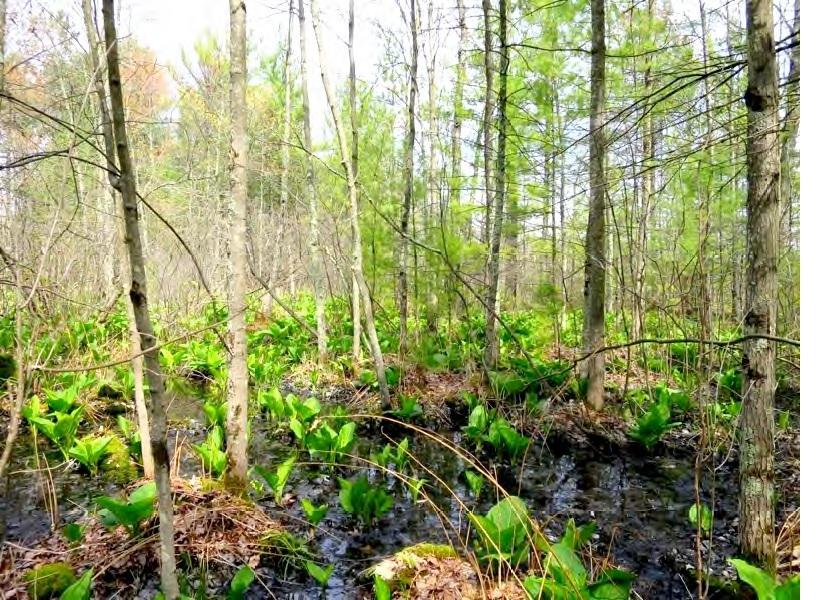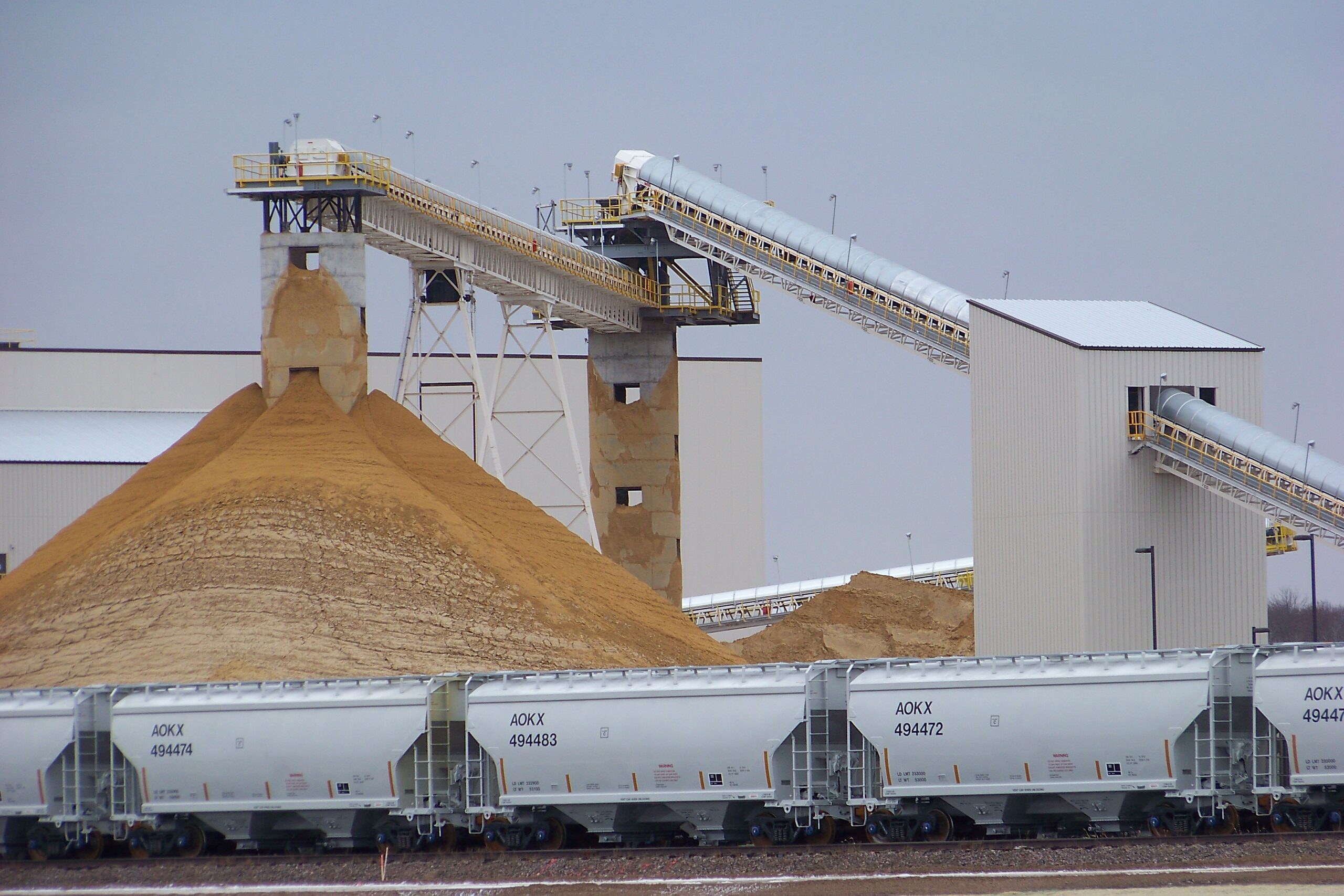Geologists in South Dakota are studying sand from the Black Hills to see if it can be used in drilling for oil and natural gas; if the sand tests well, it could replace Wisconsin frac sand being used in North Dakota’s oil boom.
The South Dakota Geological Survey (SDGS) has begun sampling silica sand from the Black Hills, and so far it seems to match the frac sand coming from Wisconsin. Geologist Darren Johnson says the sand was born during the same geologic period more than 500 million years ago: “The Deadwood formation is Cambrian in age, and that is the same age as the frac sand from the Jordan formation that is being mined in Wisconsin.”
Johnson says that means sand formations in the Black Hills and Wisconsin have weathered more, making them ideal for the fracture drilling process. But what is not known yet is how strong the sand is, or whether it is the right size, Johnson says more study is needed. He says they began testing deposits in hopes of cashing in on North Dakota’s oil boom: “One of the things that they know that is needed up there, and that there is a shortage of, is frac sand. So, that is kind of the driving impetus behind this study.”
Stay informed on the latest news
Sign up for WPR’s email newsletter.
But if it turns out to be the right stuff, will Black Hills sand hurt Wisconsin’s frac sand industry? Eau Claire Attorney John Behling, who represents a number of mining companies, says no.
“That sand would be closer to the North Dakota plate. It’s actually farther away from the east coast in terms of where you’re doing fracking for natural gas, and it’s just as equally far from the shale plates that are being fracked in the southern [United States], in south Texas.”
Wisconsin currently holds around 75 percent of the frac sand market in the United States. The SDGS hopes to complete its sand study by the end of the year.
Wisconsin Public Radio, © Copyright 2024, Board of Regents of the University of Wisconsin System and Wisconsin Educational Communications Board.

